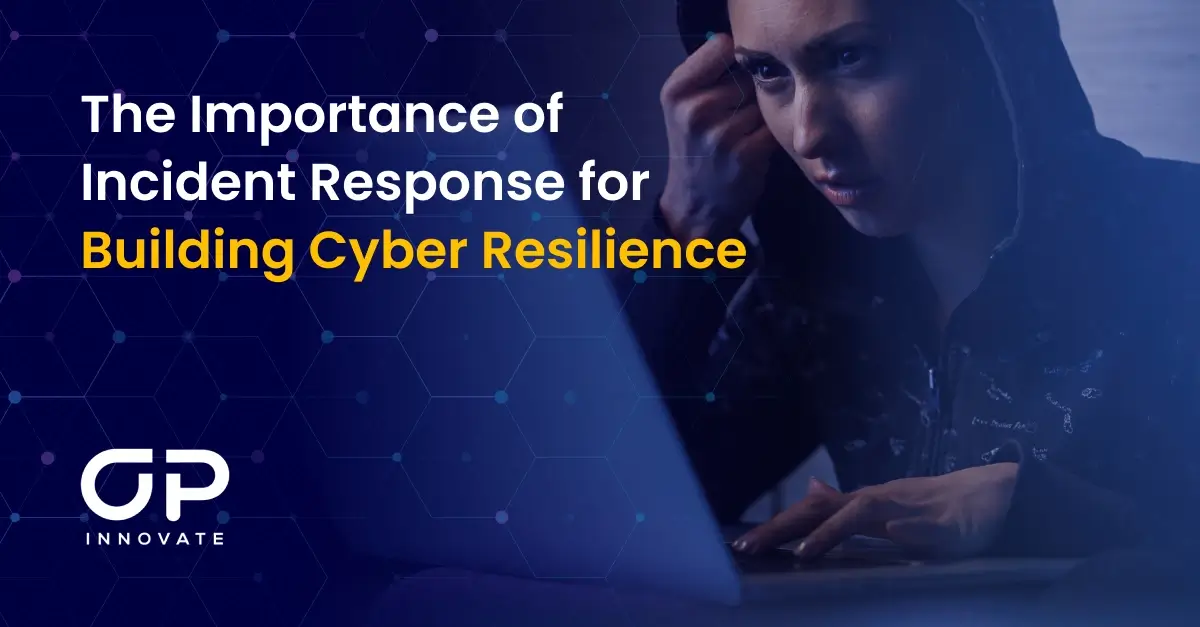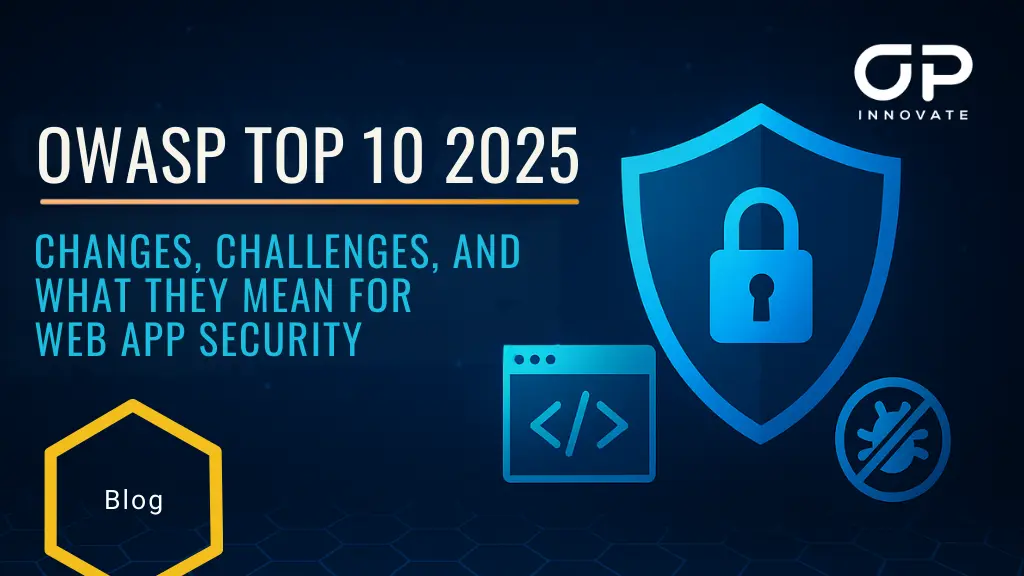According to a recent survey conducted by Duke University and CFO Magazine, 80% of U.S. companies reported that their systems have been hacked at least once. The statistics are just as concerning in the rest of the world.
When it comes to a cyber incident, it’s not a matter of if it will happen, but when. For that reason, organizations must have the proper procedures and protocols in place to respond to and recover from incidents effectively.
Let’s see exactly why incident response planning is a worthy investment in today’s security landscape and the options you have for building out a comprehensive incident response program.
What is Incident Response and Why does it Matter?
Incident response refers to an organiation’s processes and technologies to discover and respond to security threats, breaches, and attacks.
Poor or non-existent incident response capabilities can make even a minor incident or breach a nightmare to deal with because the organization will not have the necessary protocols and procedures in place to address the situation effectively.
Data from IBM’s 2023 Cost of a Data Breach report indicated that having an IR team and a regularly tested plan can lower breach costs by $1.49 million on average.
Unfortunately, many board members and senior executives still view cyber incident response as a technical risk rather than a potential event with implications for the entire business. This can lead to several negative outcomes:
- Prolonged exposure and operational disruption: Without a prompt and efficient response, a security breach can remain undetected and unaddressed for an extended period, allowing the threat to escalate and spread across more systems, which increases the potential damage.
- Increased costs: The longer a breach goes unmanaged, the more costly it becomes. This includes costs related to identifying and resolving the breach, potential fines for regulatory non-compliance, and compensation for affected customers or partners.
- Reputational loss: Inadequate handling of a security incident can severely damage an organization’s reputation. Customers and partners may lose trust in the organization’s ability to protect sensitive information, leading to lost business and strained relationships.
- Legal and regulatory penalties: Many jurisdictions require timely reporting and handling of data breaches. Failure to comply with these regulations due to poor incident response can result in significant legal penalties and mandatory corrective actions.
The 4 Stages of Incident Response
The National Institute of Standards and Technology (NIST) outlines four main phases of an incident response process. Understanding and implementing these stages can greatly enhance an organization’s ability to respond swiftly and efficiently. Here are the four stages:
1. Preparation
This is the foundational phase where organizations develop their incident response capabilities. Preparation involves creating and implementing an incident response plan, establishing a dedicated incident response team, and conducting training and simulations to ensure readiness. It also includes setting up the necessary tools and technologies for incident detection and management.
2. Detection and Analysis
When it comes to responding to security incidents, speed is of the utmost importance. Early detection allows for a faster response, reducing the potential damage and disruption caused by the incident. Incidents should also be prioritized based on their impact on the organization. Effective detection and analysis require advanced tools and skilled personnel to recognize signs of a breach quickly and accurately.
3. Containment, Eradication, and Recovery
Once an incident is detected, the next step is to contain it to prevent further damage. Containment typically involves disconnecting the affected systems from the network or
isolating the compromised areas to limit the spread of the threat.
After containment, the focus shifts to eradication, which involves removing the threat from the system. This is followed by recovery, where systems and services are restored to normal operations.
4. Post-Incident Activity
The incident response process doesn’t end with the recovery of the affected systems. In the final stage, the organization conducts a post-incident review to evaluate the response and adjust the incident response plan accordingly.
This stage is critical for learning from the incident and improving future responses. It includes documenting lessons learned, updating response strategies, and conducting follow-up reports for stakeholders. The goal is to enhance the organization’s resilience against future incidents and to prepare better for potential threats.
How to Build an Incident Response Program
There are several steps involved in building an incident response program:
- Start by creating an incident response plan that outlines the steps to be taken during a security incident
- Next, consider implementing security orchestration, automation, and response (SOAR) tools to streamline incident detection and response processes. These tools use advanced techniques, such as machine learning and behavioral analysis, to quickly identify and respond to threats.
- Regularly review and update your incident response plan to ensure it remains effective and aligned with current threats and security best practices.
Building a comperhensive incident response plan is not a small task. It requires a team of well-trained security professionals who understand modern threats and how they impact the organization’s environment and are capable of implementing the necessary procedures and technologies.
For most organizations operating on tight budgets, building an in-house incident response team is not feasible. A much more economical and effective solution is collaborating with third-party cybersecurity experts who can provide them with a dedicated team to plan for and respond to security incidents.
The Value of Incident Response Retainers
An incident response retainer with a trusted cybersecurity provider gives organizations the proactive and reactive support they need to tackle threats and incidents.
One of the key benefits of an IR retainer is the guaranteed response time, which is typically specified in the contract. This means that the cybersecurity firm commits to responding to an incident within a predetermined timeframe, reducing the potential damage from the breach.
The organization pays a fixed fee upfront for a specific period, typically on an annual basis. This fee guarantees the availability of the cybersecurity team. Alternatively, some agreements might include a minimal retainer fee for availability, with most services charged based on actual usage. This can be suitable for organizations that prefer a more flexible spending approach but still want the assurance of immediate support when needed.
Questions to Ask Your Potential IR Provider
Is there 24/7 support and guaranteed Service Level Agreement (SLA)?
Each second counts when dealing with a security breach. An IR Retainer partner should offer 24/7 global support with a guaranteed response time of one hour or less. Additionally, they should conduct regular check-ins during quieter periods to check your organization’s security status and response readiness.
Can you help us prepare ahead of the threat?
The best way to respond to an incident is to avoid it altogether. Providers with advanced threat intelligence and reporting capabilities can be an immense asset by proactively identifying potential vulnerabilities and threats. Make sure your SLA covers these services. This ties into the next question.
What’s the ROI if there are no incidents?
Beyond providing incident support, an IR partner should also bring ongoing value via threat insights, intelligence, and testing to ensure your organization is protected throughout the year. Look for a partner with the flexibility to apply unused days or hours to other cybersecurity services to bolster your resilience.
Do you provide post-incident consultation?
Security incidents are not purely technical. There’s also an aspect of managing the aftermath, which includes compliance obligations, and communication. IR providers should advise on if, when, and how to make a public statement, and address other media and public relations concerns.
OP Innovate’s Incident Response Services
With a team of accredited professionals, including SANS GCIH – GIAC Certified Incident Handlers, malware experts, and OSINT specialists, OP Innovate has the necessary resources and experience to prepare your organization and respond to any cyber threat.
Our Incident Response Retainer service provides:
- Guaranteed SLA – 24x7x4
- A dedicated team, including an IR leader and two cybersecurity experts
- 50 pre-asigned research hours for each incident
- Lower pre-determined hourly rate
OP Innovate helps resolve over 50 incidents each year, including ransomware attacks, data breaches, and cases of cyber espionage.
Contact us now to find out how we can help plan and execute your incident response program.









